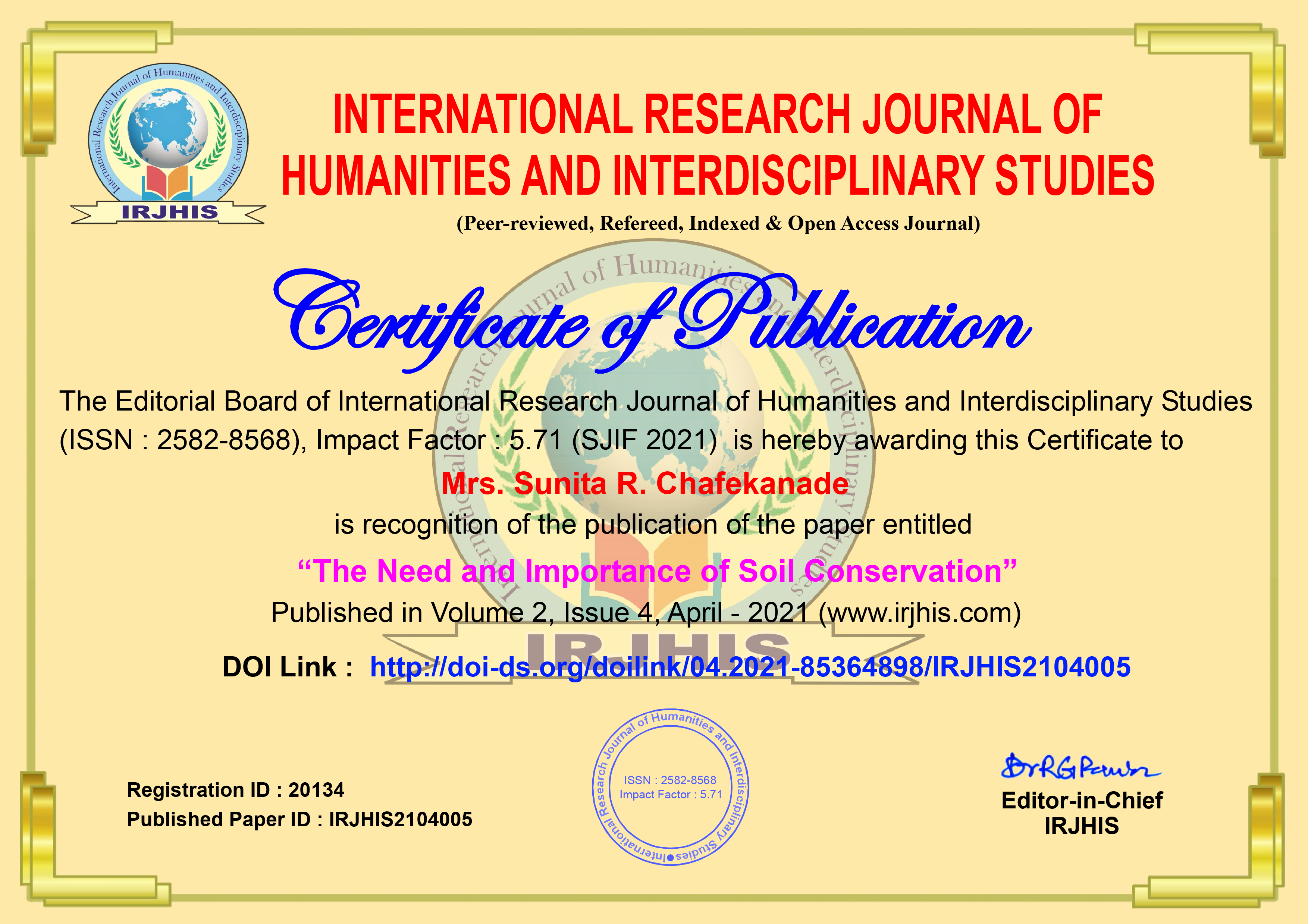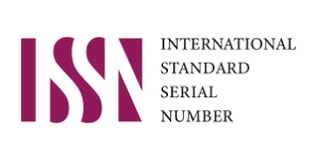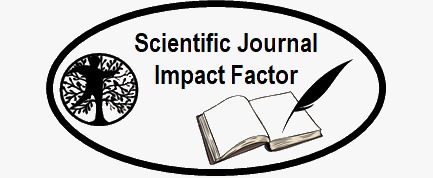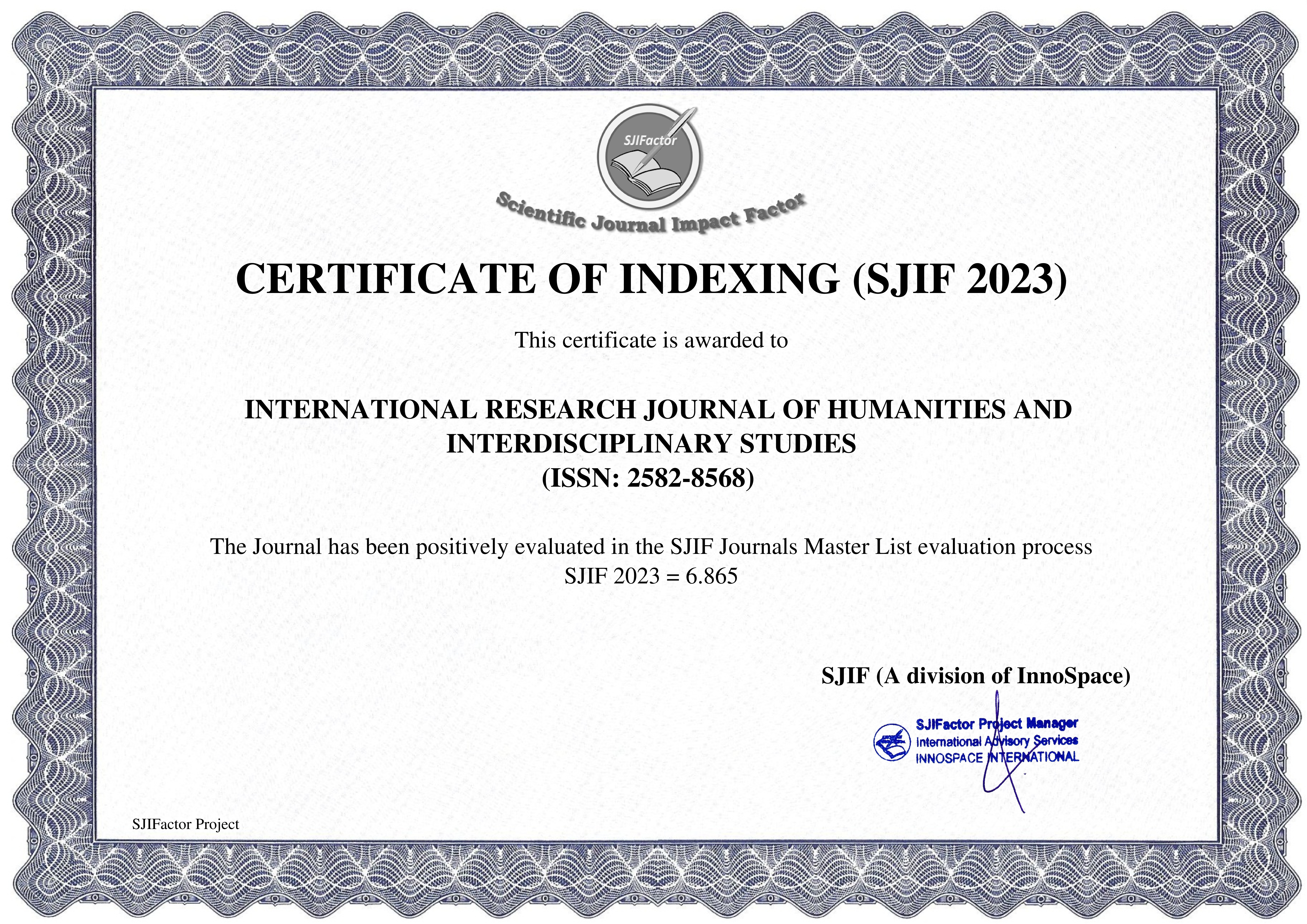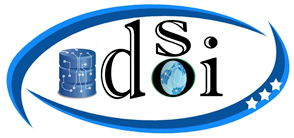Paper Details

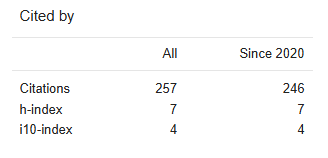
Call For Papers
Volume 06, Issue 11
Frequency: 12 Issue per year
Paper Submission: Throughout the Month
Acceptance Notification: Within 2 days
Areas Covered: Multidisciplinary
Accepted Language: Multiple Languages
Journal Type: Online (e-Journal)
Announcement

Publish books with ISBN Number
- Edited Book
- Text Book
- Ph.D Thesis
- Conference Proceedings
ISSN Number:
2582-8568
Journal DOI No:
03.2021-11278686
Title:
Two Paths to Truth: A Philosophical Examination of Tarski and Davidson
Authors:
Cite this Article:
,
Two Paths to Truth: A Philosophical Examination of Tarski and Davidson, International Research Journal of Humanities and Interdisciplinary Studies (www.irjhis.com), ISSN : 2582-8568, Volume: 6, Issue: 7, Year: July 2025, Page No : 05-20,
Available at : http://irjhis.com/paper/IRJHIS2507002.pdf
Abstract:
Abstract: In the realm of analytic philosophy, the contributions of Alfred Tarski and Donald Davidson serve as foundational elements in understanding the interplay between formal semantics and philosophical interpretation. The method used by Tarski provides a mathematically accurate definition of truth inside formal languages, which is based on the correspondence theory. On the other hand, Davidson uses Tarski’s framework for a completely opposite purpose, which is to clarify meaning via empirical interpretation. Ultimately, Tarski’s model offers the rigorous formal structures essential for grounding a theory of truth, whereas Davidson's approach illustrates how these formal foundations can be broadened and rendered relevant to the fluid and context-sensitive nature of human language. This article presents a comparative analysis of two theories: the semantic theory of truth proposed by Tarski and the theory of radical interpretation proposed by Davidson. This comparative analysis reveals the lasting influence these theories exert on modern philosophical discourse surrounding language and semantics. The purpose of this comparison is to determine if these two important ideas are essentially in opposition to one another or whether they are complimentary to one another, as well as to determine the implications that these theories have for a more comprehensive understanding of language, meaning, and objectivity.
Keywords:
Key words: T-schema, Radical Interpretation, Tarski, Davidson, The Principle of Charity
Publication Details:
Published Paper ID: IRJHIS2507002
Registration ID: 21970
Published In: Volume: 6, Issue: 7, Year: July 2025
Page No: 05-20
ISSN Number: 2582-8568
Download Full Paper: Click Here
Article Preview:
